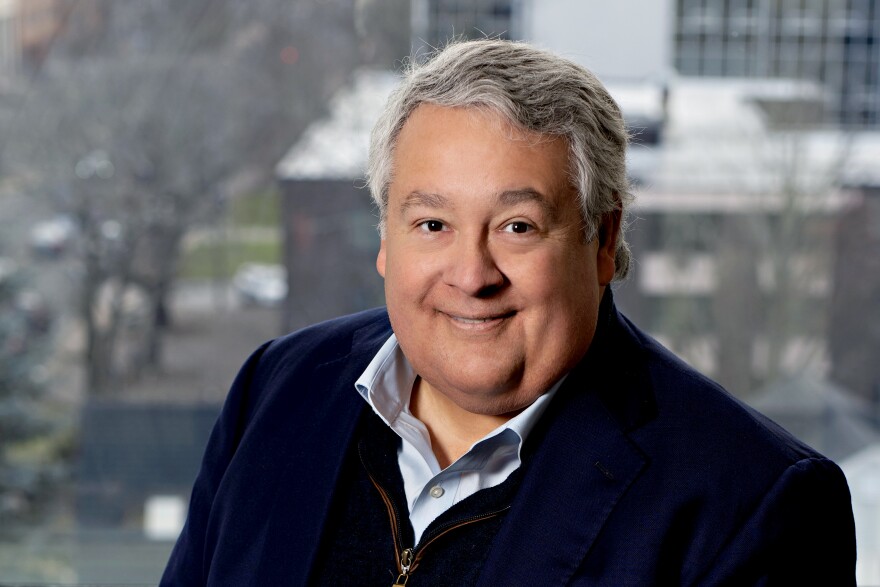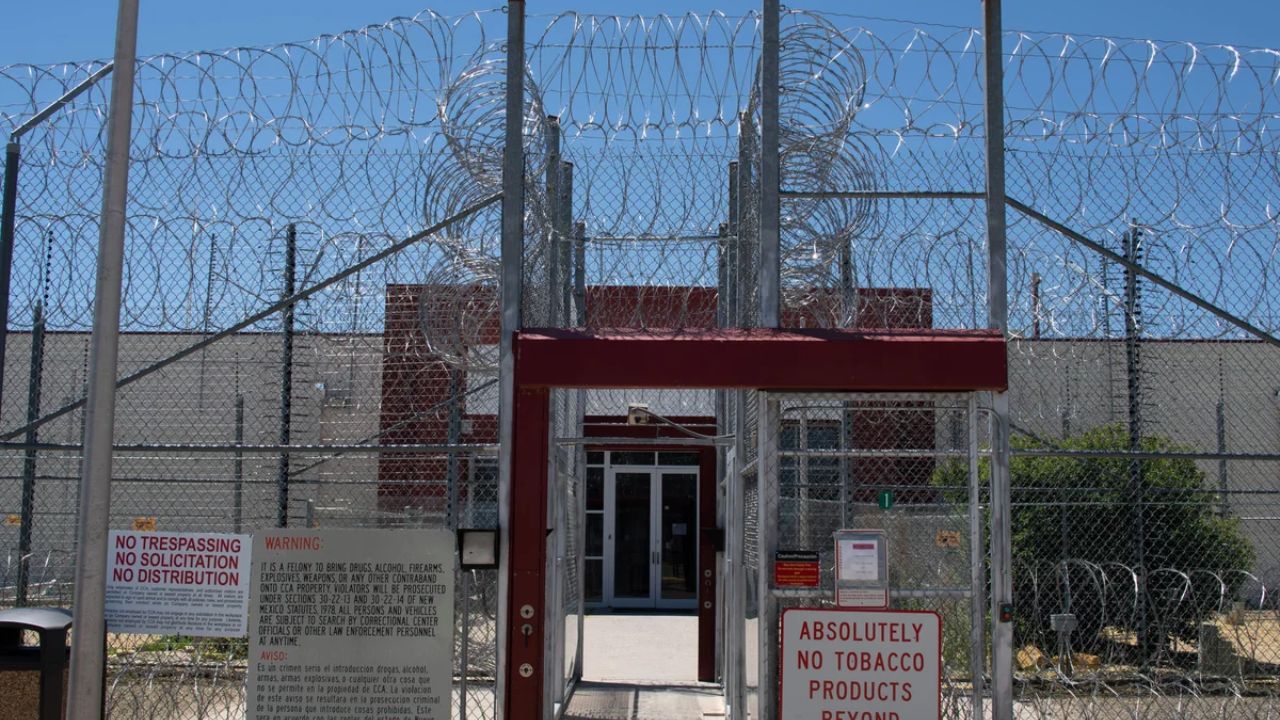A Trump administration plan to reclaim $1.1 billion in federal funding already given to local public media stations was recently authorized by Congress. Connecticut Public, one of the nation’s public media stations, stands to lose almost $2 million a year as a result of the decision.
Mark Contreras, the CEO and president of Connecticut Public, stated that although the organization is not in immediate danger, the decision poses a significant challenge.
According to Contreras, in an interview with Connecticut Public, that $2 million is around 10% of our whole budget. The Corporation for Public Broadcasting provides certain stations nationwide with more than 70% of their funds. That, in my opinion, is an impossible task. We can overcome the hurdle of ten percent of our budget.
Plans for contingencies
The company has been preparing for that task.
We need to start a process, which we started before the vote, incidentally, to come up with new ways to communicate with people and make money, he said.
According to Contreras, the group intends to start more fundraising initiatives aimed at increasing monthly donor support. According to him, the organization is also looking for methods to strengthen community ties and increase charitable investment.
He stated that significant adjustments to the way Connecticut Public is seen by customers are not part of the objectives.
He stated, “I believe that if you’re a viewer or listener, you should see almost the same offerings of local Connecticut content that you see today.”
Responding to charges of liberal bias
Public media is left-leaning and doesn’t deserve government support, according to some proponents of the funding decrease. Contreras is one of those who denies that assertion.
According to him, we are as purple an organization as you can get. The majority of the subjects we discuss are related to local and state affairs in Connecticut. Most of the time, those are neither blue nor red.
We concentrate on the task that is central to our goal, which is to serve Connecticut’s citizens—Republicans, Democrats, and independents—without fear or favor to anyone, he continued.
A request for membership
The top three revenue streams for Connecticut Public do not include federal funds. Those were underwriting, charity, and membership, according to Contreras.
Based on information gathered by Connecticut Public
- Before the federal funding cuts, membership was Connecticut Public s largest source of operating revenue, at about 33%.
- About 5% of Connecticut Public s overall audience are members.
The 95% of the Connecticut public audience who are not members were encouraged to join so by Contreras.
“If you’re not already a member, becoming a member is one of the most impactful things you can do,” he said. Furthermore, becoming a sustaining member is beneficial.
The difference could be made by sustainers.
A monthly sustaining member of Connecticut Public pledges to continue contributing a certain amount on a continuous basis without a set end date. They give Connecticut Public permission to regularly deduct a predetermined amount from their bank account or credit card.
According to Connecticut Public’s chief digital officer, Lauren Komrosky, just under half of the organization’s members are sustainers.
Connecticut Public would make up the whole financial shortfall this year if all current members, sustainers, and yearly donors contributed at least $13 each month, she added.
According to Contreras, the feedback from members has been positive in the last few months.
We have had a lot of new donors and many members increase their contributions, which we believe is a sign that the public values the work our journalists perform, he said.
The more general message
According to Contreras, the Trump administration’s financial cutback sends a strong message.
According to him, it conveys the idea that the many services provided by public media, including radio, television, and others, are not significant from their perspective. I beg to differ.
He underlined how vital public stations are to public safety.
According to him, public media also reports on impending tornadoes in Kansas or tsunamis in Alaska.
Contreras expressed his hope that lawmakers will eventually change their minds, calling the rescission shortsighted and poorly thought out.
However, he stated that we are in our current position and will face reality head-on.
Considering the future
Are NPR and PBS having discussions about launching a counterattack to try to get the funds back on a national level? Or are there affluent individuals who could be willing to fill the funding shortfall?
There are no concrete plans that Contreras is aware of. “The structure of the public media system complicates conversations,” he remarked.
He clarified that the system was established in the middle of the 1960s to have independently owned and run stations across the nation. Programming, staffing, and many other operational decisions are left up to the discretion of each station.
Contreras acknowledged that the path ahead won’t be easy, but he remained optimistic about future improvements.
“It will take some work to coordinate our efforts so that we can hopefully return to where we were,” he said. However, as of right now, I’m optimistic that a solution could be found.
The story was not reviewed by Connecticut public executives prior to its publication.






